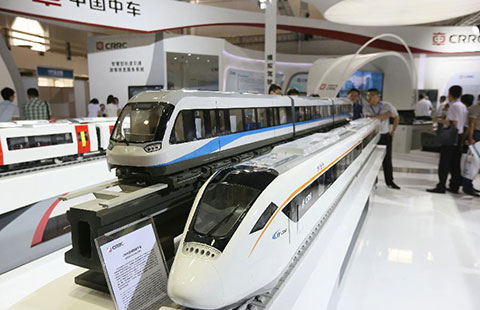How the economic crash theory crashed in the West
By Dan Steinbock (China Daily) Updated: 2015-06-15 09:22But real downside risks remain. And these risks could get bigger if the government's stimulus policies fail to support growth or if easing policies prove ineffective. In turn, such risks could be compounded by further declines in property prices.
The government, however, could cope with such challenges by launching new stimulus measures, or absorbing the losses on financial institutions' balance sheets. In turn, China's central bank could intensify easing and allow the yuan to depreciate faster.
Structural reforms are likely to strengthen toward the end of the year, when some analysts expect vital changes, including deposit-rate liberalization and reform in State-owned enterprises. While property developers continue to struggle with oversupply and price correction, sales could pick up later in 2015.
According to the crash oracles, Chinese consumption, which was 37 percent of GDP in 2014, should be closer to 70 percent as in the US. In reality, Chinese consumption has increased dramatically at the expense of investment. Moreover, consumption levels differ between advanced and emerging economies. And the level of consumption is no panacea.
Ultimately, growth deceleration is only a part of the big picture. From 2010 to 2015, China's growth has decelerated from over 10 percent to less than 7 percent. And yet China's per capita income has almost doubled.
In the West, governments and central banks are running out of ammunition. That is not the case in China.
The author is research director of International Business at India China and America Institute (US) and visiting fellow at Shanghai Institutes for International Studies (China) and the EU Centre (Singapore). The views do not necessarily reflect those of China Daily.
- Last traditional dragon boat maker in Chengdu
- Chinese securities trader launches largest domestic IPO
- China's startups boom as money pours in
- China's cross-border e-commerce booms
- Chinese firms interested in purchasing bulk Vietnamese farm produce
- The renminbi deserves SDR recognition
- Wide wealth gap despite average salary rises
- China's housing market continues to show signs of life

















